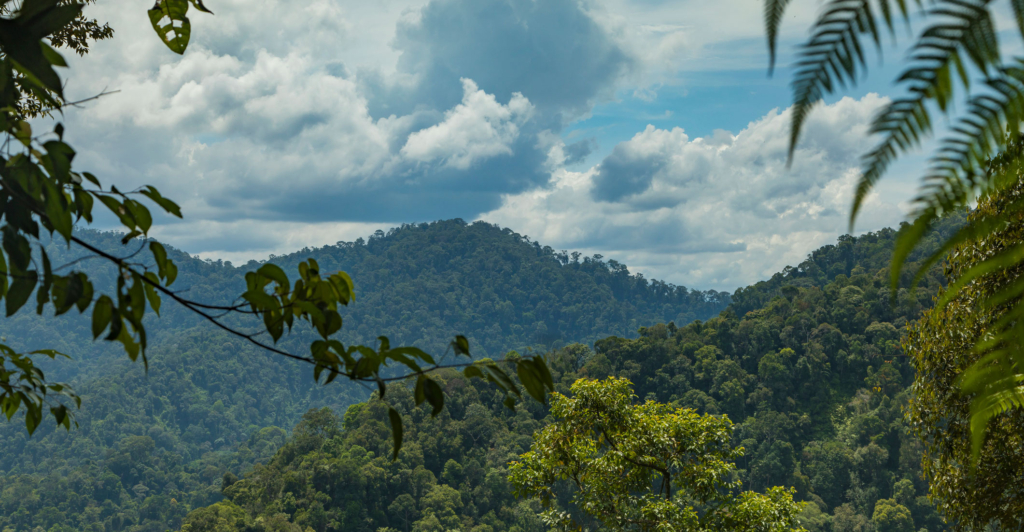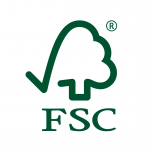Deforestation and Forest Degradation: Cutting Down Our Climate-Saving Friends

I think many of us are familiar with the Lorax movie, a cinematic masterpiece featuring the little orange fellow who went around saying: "I am the Lorax. I speak for the trees." There are many lessons to be learned from this film, the most profound of them being the impact that ignorance, greed and carelessness can have on the environment. Although the prospect of our Earth turning into the likes of Thneedville (at the height of its pollution) is a bit farfetched, the metaphor still applies and should act as a warning of what "could be" if we choose to ignore imminent threats to our environment, one of them being deforestation.
Why Are Trees Important?
Forests, comprising one-third of the Earth's land area, are home to most of Earth's biodiversity. Trees are essential to human health and wellness. They filter the air we breathe and the water we drink while also absorbing harmful carbon from the atmosphere and providing key ingredients for 25% of all medicines. Moreover, one tree alone can be home to hundreds of species of insects, fungi, moss, mammals and plants. This interplay of biotic and abiotic factors is why many consider trees to be their own ecosystems.
To add on, forests provide over 86 million green jobs as well as resources such as food and fuel that support our livelihoods. Tree farming provides timber for building shelters, wood to burn for cooking and heating, as well as nutritious fruit, nuts and berries which both humans and animals benefit from. Forests also help in combating climate change, acting as carbon sinks that soak up carbon dioxide that would otherwise be free in the atmosphere and contribute to the ongoing changes in climate patterns. According to Onetreeplanted, "In cities, trees can reduce ambient temperatures by up to 8° Celsius. With more than 50% of the world’s population living in cities — a number expected to increase to 66% by the year 2050 — pollution and overheating are becoming a real threat. Fortunately, a mature tree can absorb an average of 22 lbs of carbon dioxide per year, making cities a healthier, safer place to live."
Unfortunately, many forests across the globe are under threat, meaning that we will no longer be able to reap their natural benefits and services.
What is Deforestation and Why Does it Occur?
The primary threat to forests is deforestation and forest degradation. Deforestation refers to the purposeful clearing of forested land while forest degradation is a process in which the biological wealth of a forested area is permanently diminished due to human activity.
According to Our World in Data, the world has lost one-third of its forests (two billion hectares) since the end of the last ice age which was 10 000 years ago. However, the rate of this forest loss accelerated rapidly in the last few centuries thanks to urbanization, with 1.5 billion hectares destroyed in just the last 300 years.
Two-thirds of the global forest cover loss is occurring in the tropic and subtropic regions of the world. These regions consist of vast clusters of deforestation hot spots (also known as deforestation fronts") and are, more specifically, spread across Latin America, sub-Saharan Africa, Southeast Asia and Oceania.
The rising rates of deforestation in these regions can be attributed to the following human activities:
Industrial Agriculture
Due to increased demand and consumption of meat, agriculture has been expanding, and in doing so has become the number one contributor of the world's deforestation. Forests being converted into cropland and ranch land causes at least 50% of global deforestation, with oil palm and soybean production being the main incentives for this. Additionally, livestock grazing is responsible for roughly 40% of global deforestation.
Urbanisation and Infrastructure
Urban and infrastructure development such as construction of buildings and road expansion, is the third biggest cause of global deforestation. It accounts for a little over 6% of the total.
Climate Change
The extreme events that climate change triggers, such as fires, droughts and floods, greatly impacts forests. The 2019-20 Australian bushfires were an example of this, burning close to 12.6 million hectares of forests and woodlands. In turn, more than 1700 species of plants, animals and ecological communities are officially listed as threatened. Although climate change does not directly cause these kinds of disasters, it does make intensify them and make them occur more frequently. In the months leading up to the fires of 2019-20, Australia experienced record-breaking temperatures, the average maximum reached 40.9°C. This caused more intense heatwaves and prolonged dry periods to occur, ultimately creating tinderbox conditions, only making it a matter of time until a fire broke out.
According to WFF, "Each year, millions of acres of forest are destroyed or degraded by fire. Fire is often used to clear land for other purposes like planting crops. These fires not only alter the structure and composition of forests, but they can open up forests to invasive species, threaten biological diversity, alter water cycles and soil fertility, and destroy the livelihoods of the people who live in and around the forests."
The Impacts of Deforestation
Increased Carbon Emissions
As stated before, forests are carbon sinks that help mitigate the emission of carbon dioxide and other greenhouse gases. However, when trees are cut, burned or removed, they emit carbon instead of absorbing it. According to WFF, "In 2022, deforestation accounted for about 7% of global emissions" and " In some parts of the Amazon from 2010 to 2018, emissions from deforestation and forest fires exceeded how much carbon forests sequestered, turning them into a net source of carbon emissions rather than a carbon sink. " This ultimately results in rising temperatures, changes in weather patterns and an increased occurrence of extreme natural disasters.
Disruption of Water Cycles
To add on, deforestation contributes to the disruption of water cycles. Trees are depended upon to absorb water in the atmosphere and act as water reservoirs, taking in water from the soil and releasing it through its leaves in a process called transpiration. The result of this is increased moisture in the air, leading to cloud formation, eventual rainfall and the continuation of the water cycle. With less and less trees, evaporation levels are disrupted, which results in less moisture in the air and an imbalance in the water cycle. If this continues, there is a big risk of dry air, low humidity and decreased precipitation, which will lead to drought-prone, desert-like conditions in many parts of the globe. Effects of this can be seen in the Amazon Rainforest, where around 17% of the forests have been lost due to deforestation. If this continues, it is very probable that the Amazon will reach an irreversible tipping point where changes to the hydrological (water) cycle will render its ecosystems unfit and unsustainable in supporting life.
Difficulty in Supporting Livelihoods
Not only is deforestation an environmental issue, but it is also a social one. The entire human population relies on forests in one way or another: for shelter, livelihoods, water, fuel and food security. Local communities - otherwise referred to as indigenous communities - residing in or near forested areas are particularly vulnerable fore the impacts of deforestation. The loss of forest cover deprives them of essential resources and ultimately undermines their cultural heritage. The indigenous Uru-Eu-Wau-Wau people who occupy an island of rain forest in the Brazilian state of Rondônia, have faced successive invasions by surrounding farms; Since the 1980s loggers, farmers and land-grabbers have illegally cleared their land, often burning the forests, leading to wildfires. With rates of deforestation in the Amazon reach an all time high, the livelihoods and culture of the Uru-Wu-Wau-Wau people are at risk.
What Can You Do to Help?
It is best to not feel hopeless in situations like these. You might be thinking: I am one person against a largescale deforestation problem.
But fear not, there are many things you can do to "speak for the trees".
Donations

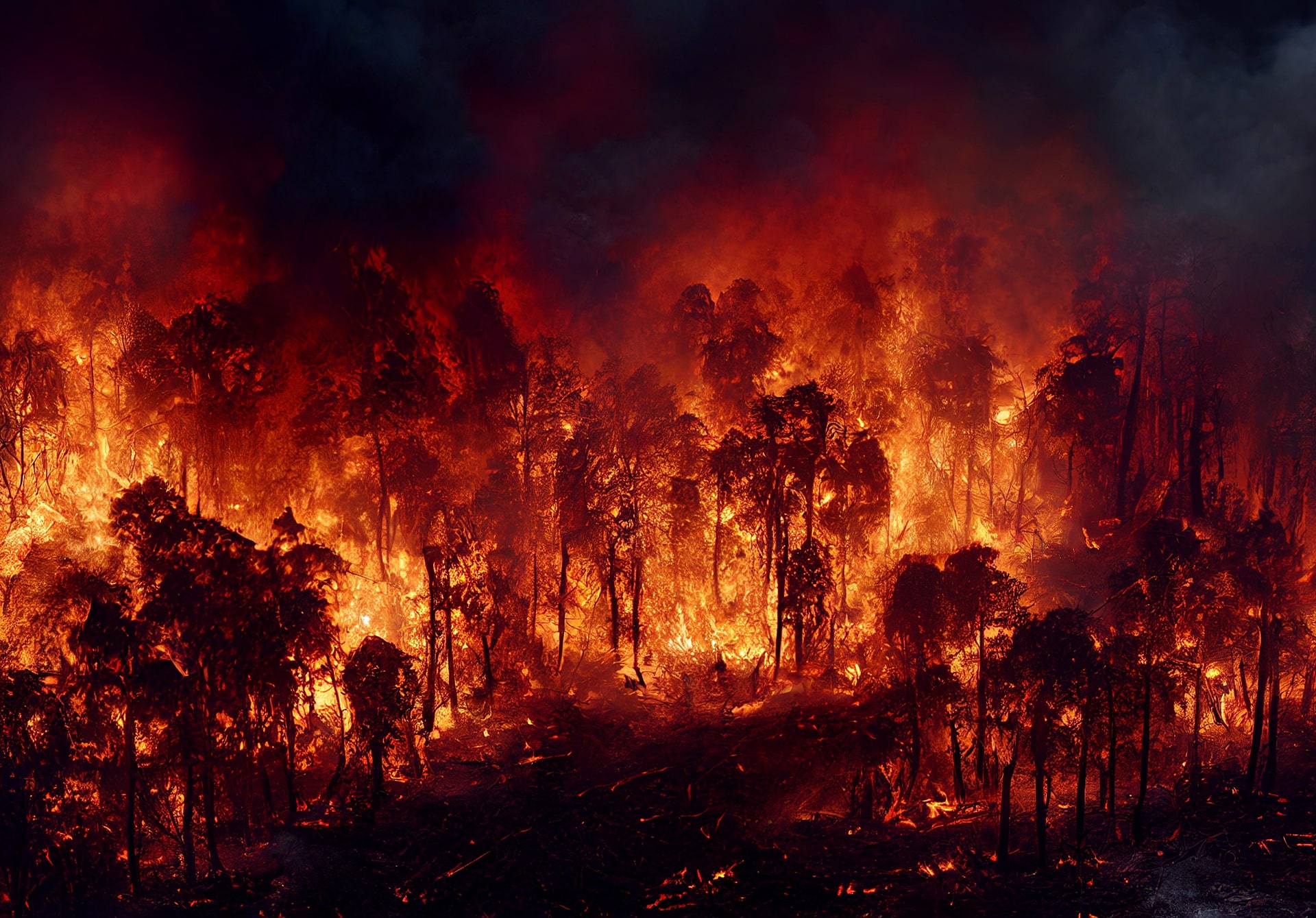

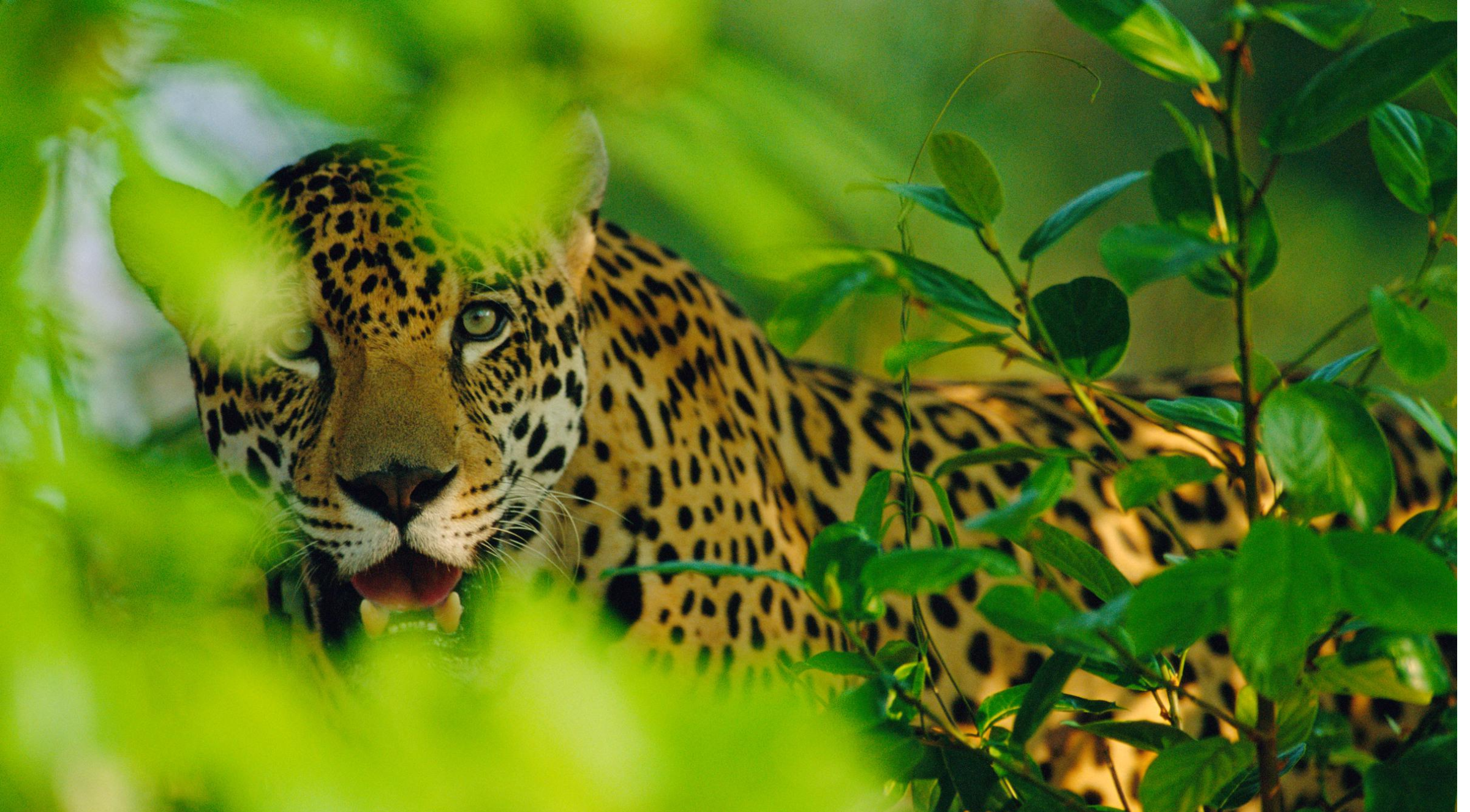

Lifestyle Changes
By consuming less, choosing sustainable food, avoiding single-use packaging, and choosing recycled or responsibly-produced wood products, you are making informed daily choices that help protect our forests.
You can also use Ecosia - a search engine that uses 100% of its profits to give back to the planet by, for example, planting trees.
Sign Petitions
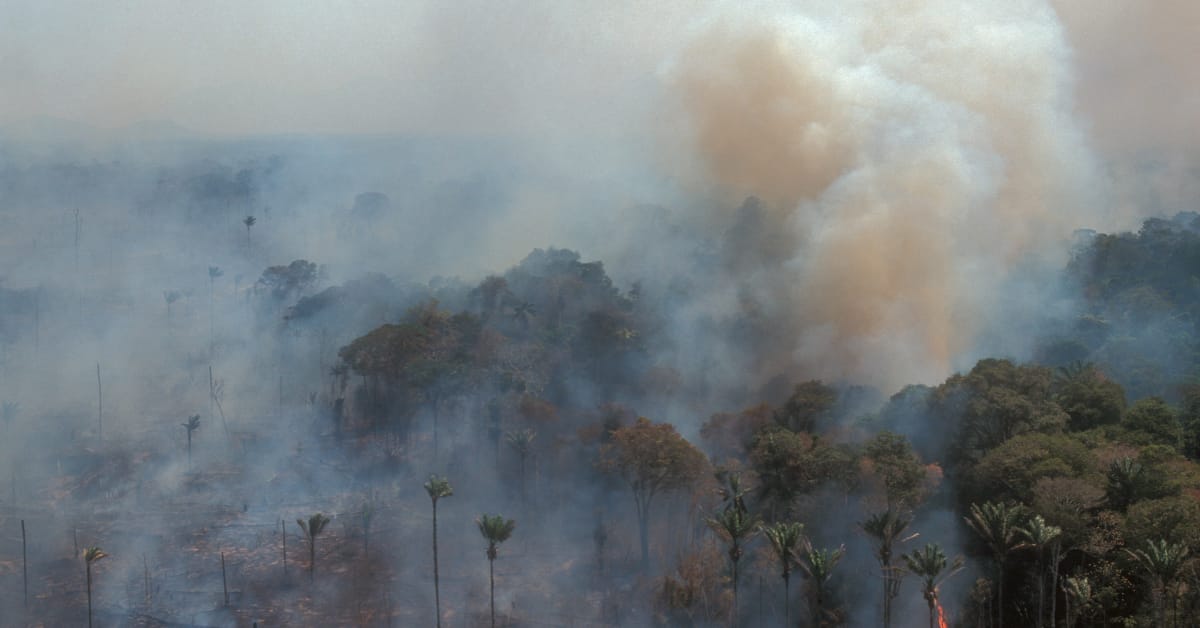

Additional Reading:


